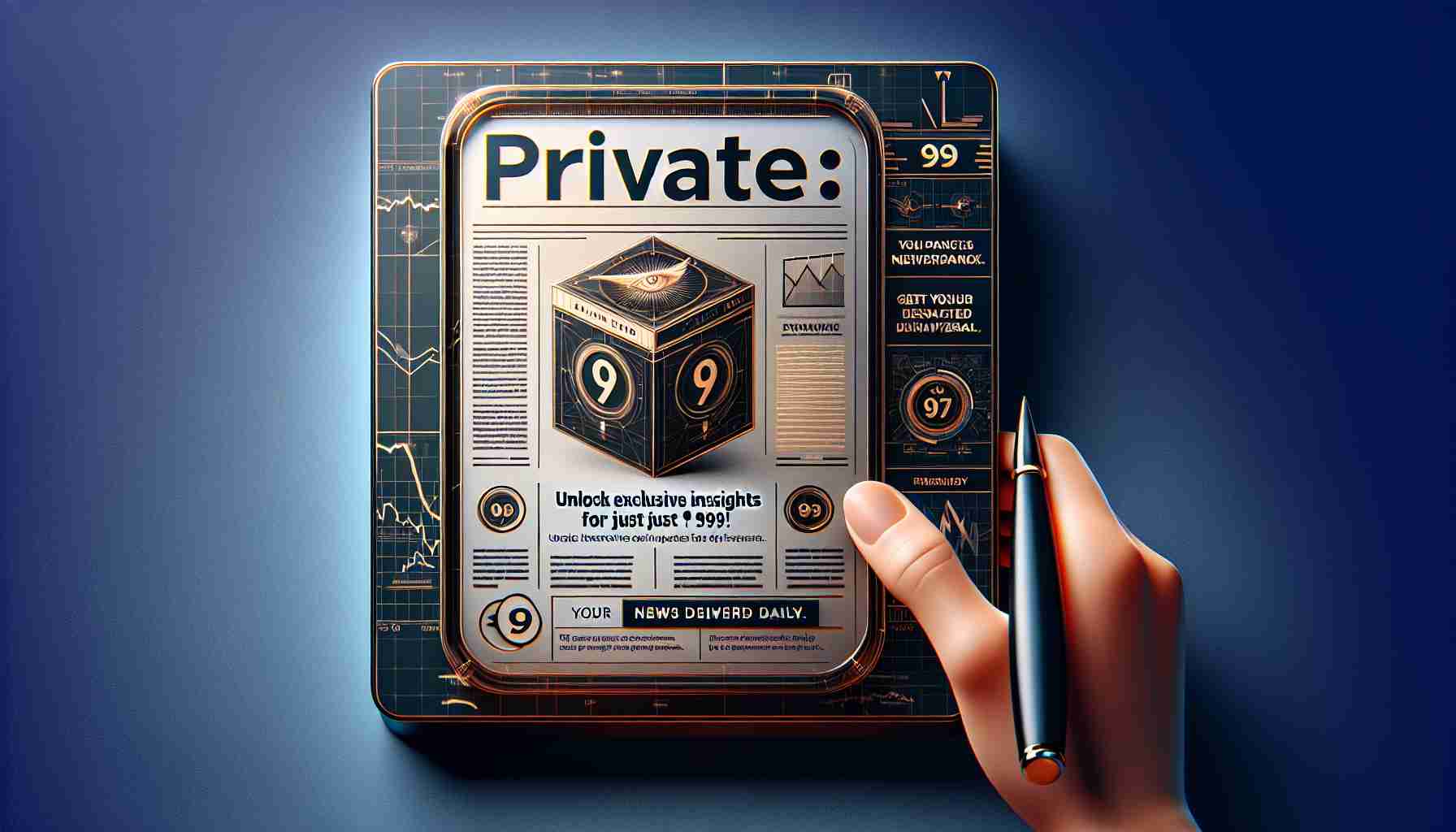Renewed Interest in Nuclear Energy
Nuclear power is experiencing a surprising resurgence in 2024, fueled primarily by an unprecedented demand for energy from the technology sector. This shift has resulted in the planned reactivation of several retired plants and the introduction of new nuclear projects.
Rising Energy Demands
Traditionally, nuclear energy faced criticism for its waste management and potential risks. However, with energy needs skyrocketing due to advancements in artificial intelligence, electric vehicles, and domestic manufacturing, support for nuclear power has gained traction. As conventional sources struggle to meet increasing demands, U.S. nuclear facilities maintain a remarkable operational capacity.
Leaders in the nuclear sector point out that major tech companies are pivotal in this revival. As these firms seek stable power sources, they are re-evaluating their energy strategies, recognizing the importance of consistent energy supply.
Rescuing Retired Facilities
Recently, tech giant Microsoft announced a partnership with Constellation Energy to obtain nuclear energy from the infamous Three Mile Island facility, a site known for its historical challenges. This agreement aims for the plant to return to service by 2028, contingent upon regulatory approval.
In addition, there are plans to reactivate the Palisades Nuclear Plant in Michigan by the end of 2025, which could provide energy to a significant number of homes.
Extension of Operating Lifetimes
California’s Diablo Canyon Power Plant is also set to continue operations through at least 2030, a decision welcomed by state energy advocates due to its critical role in the region’s clean energy supply.
The nuclear landscape is on the brink of transformation, signaling a crucial shift in the future of American energy.
Is Nuclear Power Our Future? Exploring the New Dynamics of Energy Production
The Technological Shift and Its Implications
As we delve deeper into 2024, the landscape of energy production is evolving rapidly, especially with the spotlight now shining bright on nuclear energy. This renewed interest stems not only from the pressing need for stable energy sources but also from the evolving technological landscape that demands an eco-friendly yet reliable power supply. The increasing adoption of renewable technologies alongside nuclear energy signifies a critical turning point in energy strategies worldwide.
The question arises: What impact does this development have on our daily lives and on the larger community? Well, as nations pivot towards nuclear energy, communities can expect more stable electricity prices and a decrease in energy outages. This shift could lead to broader economic stability, especially in industries reliant on consistent energy flows, such as manufacturing and technology.
The International Perspective on Nuclear Energy
The global narrative around nuclear energy is complex. Countries like France, which have historically leaned heavily on nuclear power, are witnessing renewed discussions on expanding capacity, while others are reconsidering their stand following longstanding public opposition. The divergence in energy policies across nations presents a fascinating tableau for understanding energy an interplay between politics, safety, and environmental advocacy.
One notable example is Germany, which has been phasing out nuclear power since the Fukushima disaster in 2011. However, with rising energy challenges and reliance on gas imports, we see a potential shift in public opinion. The question that emerges is: Can countries reconsider their anti-nuclear stances amidst global energy crises? Should nations like Germany face escalating energy demands, experts suggest that their approach towards nuclear power might become increasingly pragmatic.
Controversies Surrounding Energy Production
The revival of nuclear energy is not without its controversies. While proponents argue that nuclear power is crucial for reducing carbon emissions and achieving climate goals, critics continue to cite the challenges of waste management and safety issues. The recent announcements by tech giants to invest in aging nuclear facilities—such as the Three Mile Island—raise eyebrows. Some community members are understandably skeptical about reopening these facilities, fearing potential risks to public safety. How should communities balance the need for energy with safety concerns?
A renewed focus on nuclear energy also sparks debates about equity. While large tech firms can advocate for nuclear power due to their substantial energy needs, what about smaller communities? Will the benefits of this energy resurgence reach all economic sectors, or will they predominantly serve urban centers and affluent neighborhoods?
Innovation and Safety Upgrades
Advancements in nuclear technology promise to alleviate some historical concerns. New reactor designs, including small modular reactors (SMRs), are hailed for their enhanced safety features and reduced environmental impacts. This technological innovation can potentially change public perception and lead to broader acceptance in communities previously resistant to nuclear power.
The Future of Energy: What Lies Ahead?
The interplay of nuclear power and renewable energy could redefine our energy future. As nations embark on ambitious climate change commitments, the integration of nuclear energy could prove essential for achieving a balanced and sustainable energy portfolio. Moreover, as communities become more aware of energy policies and environmental issues, they will increasingly demand transparency and safety measures from their energy producers.
In conclusion, the renewed interest in nuclear power ignites a mix of hope and skepticism – a reflection of humanity’s ongoing quest for energy security, environmental responsibility, and technological innovation. As we move forward, the dialogue around nuclear energy, public safety, and equitable energy distribution will shape the lives of individuals and the very fabric of societies globally.
For more information about global nuclear energy policies and future prospects, visit World Nuclear Association.
The source of the article is from the blog procarsrl.com.ar



